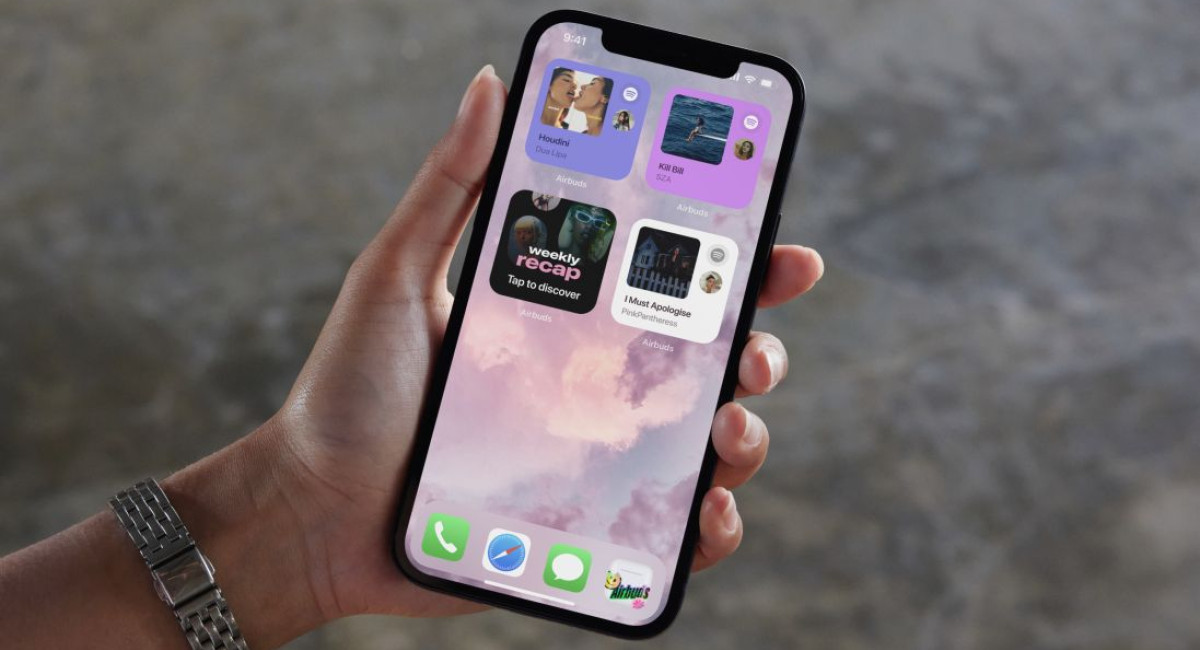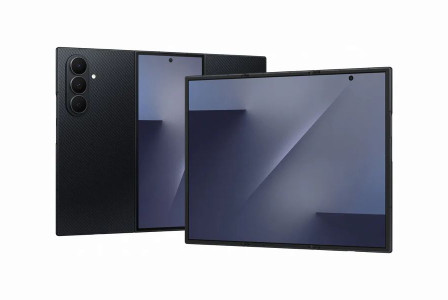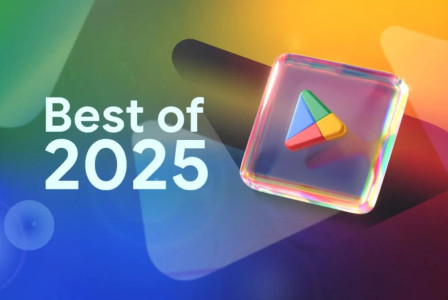SEARCH
Apple’s iOS 26.1 brings new control over Liquid Glass transparency

SHARE IT
Apple has rolled out iOS 26.1, a modest yet thoughtful update that fine-tunes one of the company’s most visually distinctive design elements: Liquid Glass. While this latest version doesn’t introduce any groundbreaking new features, it delivers a subtle but much-requested improvement — the ability to adjust the transparency of the operating system’s glossy, translucent interface.
When Apple introduced the Liquid Glass design with iOS 26, it marked the company’s most dramatic visual refresh since the shift to flat design more than a decade ago. The aesthetic, characterized by a fluid, glass-like translucency, was meant to give the interface a sense of depth and motion. But as with any bold design change, reactions were mixed. Some users praised the elegance and modern feel of the update, calling it a refreshing change from the aging visuals of previous iOS versions. Others found it distracting — or even impractical — saying that the transparency made text and icons harder to read, especially in notifications and navigation menus.
Up until now, those who disliked the effect had only one option: to reduce overall transparency via accessibility settings, which essentially disabled the Liquid Glass layer entirely. With iOS 26.1, Apple has struck a balance. The company has introduced a new setting that allows users to keep the design’s signature look while toning down its intensity.
The new control can be found under Settings > Display & Brightness > Liquid Glass. Users can now choose between two visual options: “Clear,” which maintains the original fully translucent style, and “Tinted,” which increases opacity for a more solid appearance. Each choice comes with a preview screen so users can instantly see how the change affects their interface before applying it. It’s a small tweak, but one that gives users more agency over the system’s aesthetic — something Apple has been gradually embracing in recent years.
Beyond this design refinement, iOS 26.1 includes several functional enhancements aimed at everyday convenience. One of the more practical additions is a new gesture option for quickly launching the camera. Users can now open the Camera app directly from the lock screen by swiping left, an improvement that streamlines spontaneous photo-taking. To adjust or disable the gesture, you can navigate to Settings > Camera > Lock Screen Swipe to Open Camera.
Another noteworthy addition is the ability to record audio and video locally while participating in a video call. The feature, first previewed for iPadOS during the Worldwide Developers Conference (WWDC) earlier this year, is now available for iPhone users as well. It’s particularly useful for podcasters, journalists, and content creators who want to capture high-quality footage or interviews on the go without relying on third-party apps.
In the realm of accessibility and personalization, Apple continues to expand the reach of Apple Intelligence by introducing support for eight new languages: Chinese (Traditional), Danish, Dutch, Norwegian, Swedish, Portuguese (Portugal), Vietnamese, and Turkish. Additionally, live translation capabilities now cover five new languages — Chinese (Simplified), Chinese (Traditional), Italian, Japanese, and Korean — further broadening Apple’s global usability.
iOS 26.1 also adds a handful of quality-of-life improvements that refine the overall user experience. Apple Music now supports gesture-based song changes, allowing smoother control during playback. Alarms have been reworked with a slider control instead of a button, reducing the risk of accidentally silencing them. The update also introduces an option to automatically install security patches, a feature that ensures users remain protected without needing to manually approve every small fix.
For Apple, these incremental updates underscore its ongoing effort to fine-tune the balance between design innovation and practical usability. The Liquid Glass change, while seemingly minor, reflects a growing acknowledgment that user feedback is shaping iOS development more directly than ever. By offering customization where once there was uniformity, Apple continues to evolve its software philosophy — shifting from a one-size-fits-all approach to a more flexible, user-centric design ethos.
As with all iOS updates, installation is simple. Users can navigate to Settings > General > Software Update to download iOS 26.1. While it may not boast the flash of a major upgrade, this release demonstrates Apple’s attention to detail — and its willingness to adjust course when design meets resistance.
MORE NEWS FOR YOU

 Help & Support
Help & Support 

